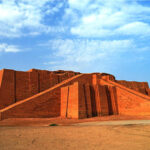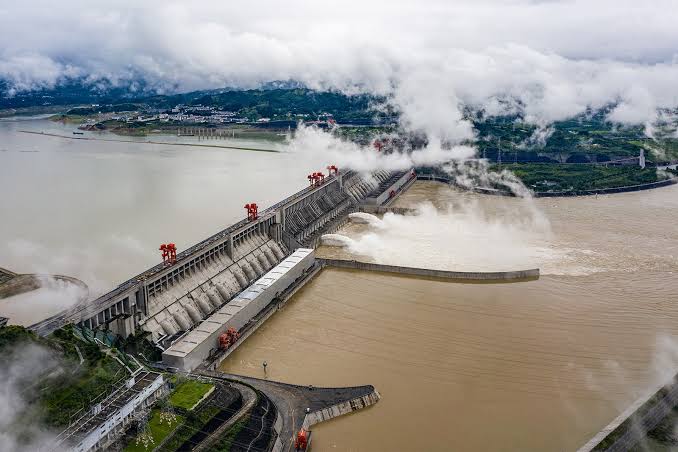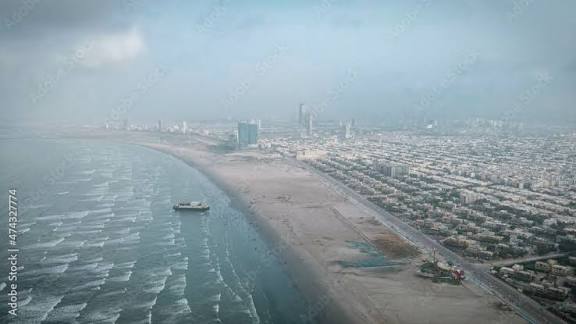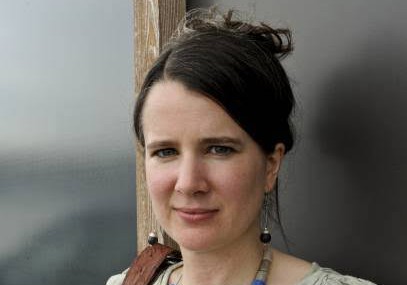The Importance of Water and the Fate of Civilizations
Water is the lifeline of rivers and springs, the very foundation of all living beings. Life itself emerged from water, and wherever water exists, the chances of life are always high. From ancient times, humans have always chosen to settle near fresh water sources. From early humans to advanced civilizations, every major settlement has left its traces near rivers, lakes, and springs. Moreover, water has not only been the reason for the rise of cities but also the cause of their decline when scarcity struck.
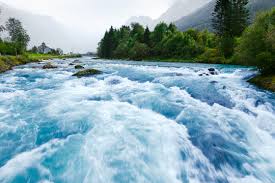
Floods vs. Drought in Human History
When comparing floods with drought, humans have historically preferred floods. Indeed, many ancient cities were destroyed not by floods but by long-lasting droughts. Floods would submerge cities, but people rebuilt them. Yet, when rivers changed their courses and brought drought, entire civilizations perished.
The Role of Rivers in Civilization
Civilizations such as those on the banks of the Nile, Euphrates and Tigris, Indus, and Yellow River thrived because of these mighty rivers. In contrast, where such rivers did not exist, great civilizations never emerged.
Historically, areas dependent on rainfall, wetlands, or lakes formed a natural hydrological ecosystem. In fact, these water bodies stored and recycled freshwater, supporting both human life and biodiversity. In the past, rivers and springs flowed freely, carrying freshwater and fertile silt downstream, nourishing plains, replenishing groundwater aquifers, and finally enriching deltas before meeting the seas. This natural cycle ensured ecological balance and environmental sustainability.
Read More about the Indus Valleyhttps://khahori.com/ancient-petroglyphs-chitt-in-sindhi-of-the-kirthar-mountains-sindh/
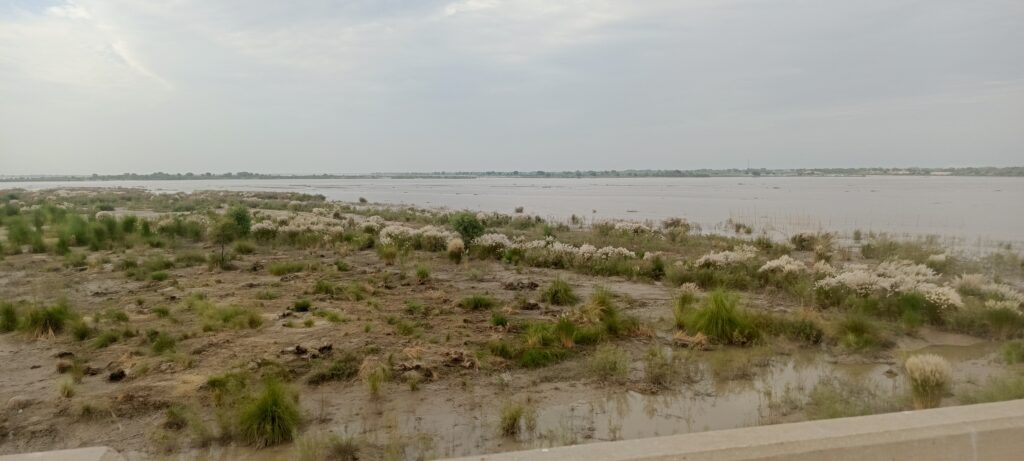
The Rise of Dams
But after the 15th century, with the rapid pace of scientific and technological development, European imperial powers began constructing dams. Spain (Alicante Dam – 1594, El Gasco Dam – 1787) and Britain (Tavistock Canal Dam – early 1800s, Stocks Reservoir – 1932) driven by imperial interests and economic ambitions, pioneered the construction of small dams, later evolving into massive dam projects. Thus, controlling water became synonymous with controlling people and territories, as water was used as a tool of power.
The Dam Debate
The narrative of dams promised flood control, agricultural growth, and water security. However, the reality has been the opposite. Dams disrupted river hydrology, trapped fertile silt, reduced soil productivity, and starved deltas. In many places, deltas stopped receiving water altogether, allowing seawater intrusion and land erosion. Barrages and diversions caused rivers to alter their courses, flooding some areas while creating droughts in others, degrading groundwater quality, salinizing lands, and collapsing aquatic ecosystems.
Rivers such as the Yellow River (China), the Nile (Egypt), the Tigris and Euphrates (Iraq/Syria/Turkey), and the Indus (Pakistan/India) have all faced severe ecological crises due to dams.
Floods and the Indus Debate
Recently, heavy monsoon rains in India forced the release of excess water from dams on the Ravi, Sutlej, and Chenab. This triggered devastating floods downstream in Pakistan, worsened by the fact that cities were built on natural floodplains and river channels were blocked. As the rivers returned to their natural flood levels, they swept away settlements.
This disaster sparked debate in Pakistan. One side argued that more dams should be built for flood control, while the other insisted rivers should be allowed to flow freely within their natural pathways. Supporters of large dams even used this flood to argue for constructing the controversial Kalabagh Dam [proposed on the Indus], though critics view this as driven by political and economic motives rather than environmental needs.https://en.m.wikipedia.org/wiki/Indus_River
Global Delta Destruction
Globally, deltas like the Nile Delta (Aswan Dam, Egypt), Mekong Delta (Hoa Binh Dam, Vietnam), Ganges-Brahmaputra Delta (Farakka Barrage, Tehri Dam, India/Bangladesh), and the Indus Delta (Tarbela, Mangla, Warsak, Pakistan) have faced destruction. Among them, the Indus Delta has suffered the most. For example, seawater intrusion has eroded land, destroyed mangrove forests, eliminated breeding grounds of Hilsa (Pallo) fish, shrimps, and endangered the Indus Blind Dolphin.
The Call to Restore Rivers
In Pakistan, water expert Hassan Abbas notes that dams have caused environmental collapse. He advocates removing dams and restoring rivers, just as has been done in the United States. For instance, the Elwha Dam and Glines Canyon Dam on the Elwha River in Washington State were dismantled, allowing the river to flow freely again and ecosystems to recover.
The urgent need is to restore rivers like the Indus and all rivers worldwide, removing barriers so they can return to their natural flow. Indeed, free-flowing rivers can revive deltas, regrow mangrove forests, restore fish breeding grounds, sustain shrimp nurseries, and protect endangered species.https://www.dawn.com/live/pakistan-floods-2025
The Indus River: Past, Present, and Future
The Indus River, flowing from the heart of the Himalayas into the Arabian Sea, once gave birth to the great Indus Valley Civilization. Its mighty waters shaped geography, culture, and innovation. If freed from dams, the Indus can once again nourish ecosystems, sustain human communities, and allow the Indus Delta to recover.
Thousands of years ago, it created vast lands stretching from Hyderabad to Karachi, Thatta, Badin, and Keti Bunder. Therefore, restoring its natural flow is not just an ecological necessity but also a cultural revival.
Conclusion
Water has always been humanity’s greatest lifeline. From the Nile to the Indus, rivers created civilizations, sustained life, and inspired culture. However, with modern interventions like dams, we risk losing this natural balance. The time has come to rethink water management, restore free-flowing rivers, and ensure that future generations inherit both thriving ecosystems and sustainable communities.
Writer GM Leghari

